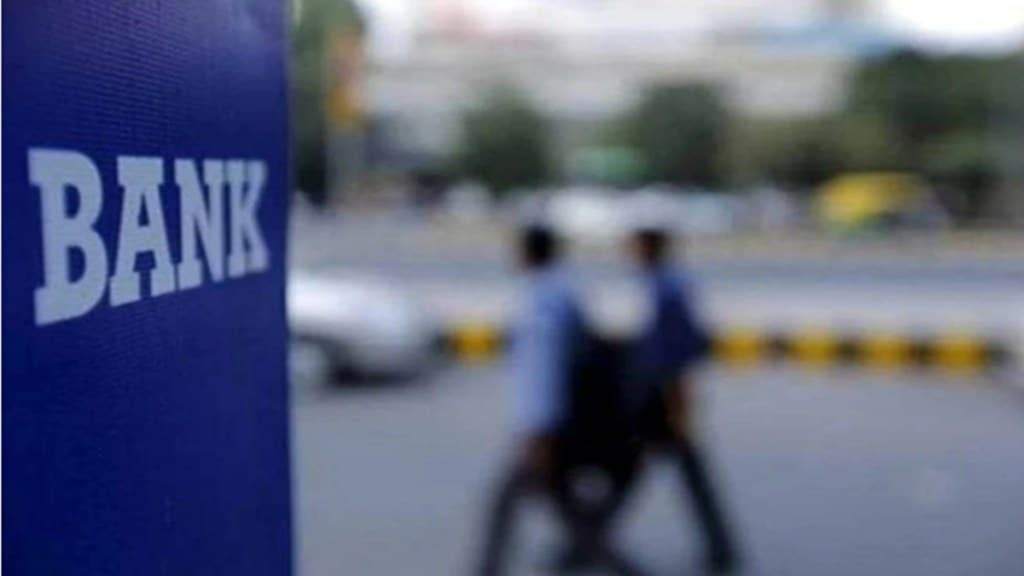The era of banks being plagued by big bad loans is unlikely to reappear as lenders now have wider access to borrower information and have significantly improved their underwriting standards, say experts.
“I think in general, the system has been configured for underwriting and growing credit more disciplined, and with each passing quarter, the regulators have made sure that banks are continuously monitoring their portfolio. I think the era of having giant bad credits in banks is unlikely to reappear,” Shyam Srinivasan, managing director of Federal Bank, said.
“With the level of data and analytics available in India today, that era of doing blind lending has long gone. Credit bureau is a remarkable reservoir of data and information. Banks’ ability to underwrite based on the data and also feed the bureau with more data has risen quite materially,” he said.
Also read: Budget 2023: NBFCs seek liquidity support system
In fact, the gross non-performing asset ratio of banks fell to a seven-year low of 5%, and net non-performing asset ratio fell to a 10-year low of 1.3% as on September 30, data from the Reserve Bank of India’s (RBI) latest Financial Stability Report showed.
To put things in perspective, banks wrote-off a record Rs 1.44 trillion in 2017-18, with public sector banks witnessing a sizable defaults.
“All credit cycles will have ups and downs. It is never going to be one straight line. It is never going to be that it will never get worse or it will never become better. It is the amplitude that you need to worry about,” Srinivasan said.
In recent times, banks have been able to significantly clean up their balance sheets and corporates are not as leveraged as they were earlier.
“In public sector banks, there has been a lot of centralisation, they are being more process driven, there are credit bureaus through which banks can do cross checks. Information is more freely available. All of these were not available 10 years ago. We understand that the credit assessment processes of banks is far stronger than the past. Chances of us getting into a mess like what we had seen in the last corporate cycle is not there,” Jindal Haria, financial institutions director, India Ratings and Research, said.
Also read: SBI raises Rs 9,700 cr via infra bonds
But, some bankers still believe that the surge in demand for retail credit may tempt banks to underestimate credit risk. “Right now, a lot of credit is coming from not only retail, but also from mortgage and unsecured loans. The realtor has expressed worry that you are so gung-ho on retail, and if everybody is going to remain gung-ho on retail, then are we creating credit risk for the future,” Amitabh Chaudhry, managing director and chief executive officer, Axis Bank, said at the recent Business Today Banking and Economy Summit.
“There is a lot of consumption which is possible. A lot of people will take on liabilities as they want to raise their living standards. So, there is an opportunity there. But, when everyone starts rushing to the same door, some mistakes will happen. You have seen some of those mistakes play out in the fintech world,” he added.
Notwithstanding the temptation to grow their loan books, banks are more likely to exercise caution going ahead considering that that many were badly-hit during COVID-19-led disruptions. “We do not want to really go overboard. We have seen the worst of challenging times. We are pretty clear that a good sustainable growth is far superior that an average growth that may look very high,” Baskar Babu Ramachandran, managing director and chief executive officer, Suryoday Small Finance Bank, said.

